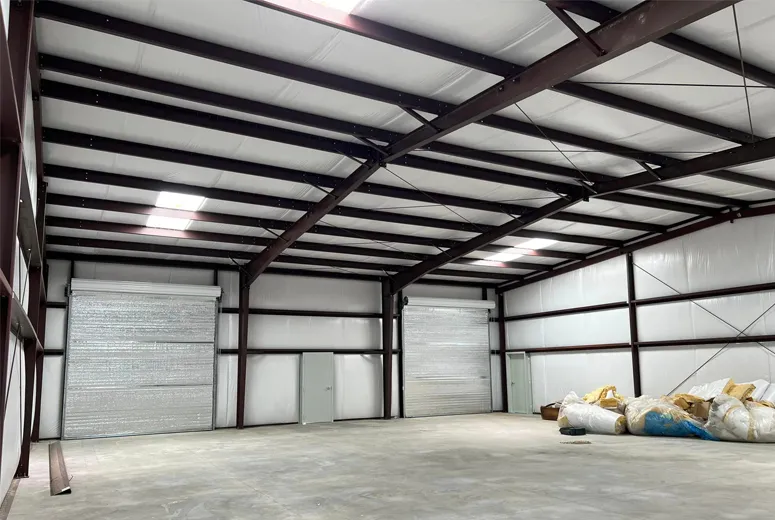- Afrikaans
- Albanian
- Amharic
- Arabic
- Armenian
- Azerbaijani
- Basque
- Belarusian
- Bengali
- Bosnian
- Bulgarian
- Catalan
- Cebuano
- Corsican
- Croatian
- Czech
- Danish
- Dutch
- English
- Esperanto
- Estonian
- Finnish
- French
- Frisian
- Galician
- Georgian
- German
- Greek
- Gujarati
- Haitian Creole
- hausa
- hawaiian
- Hebrew
- Hindi
- Miao
- Hungarian
- Icelandic
- igbo
- Indonesian
- irish
- Italian
- Japanese
- Javanese
- Kannada
- kazakh
- Khmer
- Rwandese
- Korean
- Kurdish
- Kyrgyz
- Lao
- Latin
- Latvian
- Lithuanian
- Luxembourgish
- Macedonian
- Malgashi
- Malay
- Malayalam
- Maltese
- Maori
- Marathi
- Mongolian
- Myanmar
- Nepali
- Norwegian
- Norwegian
- Occitan
- Pashto
- Persian
- Polish
- Portuguese
- Punjabi
- Romanian
- Russian
- Samoan
- Scottish Gaelic
- Serbian
- Sesotho
- Shona
- Sindhi
- Sinhala
- Slovak
- Slovenian
- Somali
- Spanish
- Sundanese
- Swahili
- Swedish
- Tagalog
- Tajik
- Tamil
- Tatar
- Telugu
- Thai
- Turkish
- Turkmen
- Ukrainian
- Urdu
- Uighur
- Uzbek
- Vietnamese
- Welsh
- Bantu
- Yiddish
- Yoruba
- Zulu
Sep . 12, 2024 03:40 Back to list
Designing Concrete Foundations for Metal Buildings
When constructing a metal building, the foundation plays a crucial role in ensuring the structure's stability, longevity, and overall performance
. The appropriate design of concrete foundations for metal buildings requires careful consideration of several factors, including soil conditions, load-bearing capacities, and environmental factors.First, understanding the soil conditions at the building site is critical. Soil type, composition, and load-bearing capacity significantly influence the type of foundation required. For instance, sandy soils may require deeper footings to minimize shifting, while clay soils may necessitate special considerations to manage expansion and contraction during wet and dry cycles. A geotechnical engineer frequently conducts soil tests to evaluate these parameters before foundation design.
The load-bearing requirements of the metal building are another vital aspect of the foundation's design. Metal structures are often used for commercial purposes, necessitating the assessment of live loads (e.g., occupants, equipment) and dead loads (the weight of the structure itself). The foundation must be designed to accommodate these loads while preventing settling or shifting over time. Typically, spread footings or mono-slab foundations are popular choices for metal buildings, allowing for even distribution of weight across the foundation.
metal building concrete foundation design

Moreover, environmental factors must not be overlooked in the design process. Areas prone to flooding, seismic activity, or extreme weather conditions require specialized foundation designs to enhance stability. For instance, in flood-prone areas, piers or elevated foundations may be necessary, while in seismic zones, reinforced foundations can help mitigate the risk of structural failure during an earthquake.
Adequate drainage around the foundation is also essential to prevent water pooling, which can lead to erosion or deterioration of concrete. Implementing proper grading and drainage systems ensures that water is directed away from the foundation.
In conclusion, designing concrete foundations for metal buildings is a complex process that necessitates a thorough understanding of soil conditions, load requirements, and environmental challenges. By addressing these factors effectively, engineers and builders can create robust foundations that support the durability and safety of metal structures, ensuring they remain functional for years to come.
-
Steel Frame Modular Construction for Housing
NewsAug.07,2025
-
Steel Construction Factory Processes
NewsAug.07,2025
-
Portal Frame Shed for Sale: Delivery Options
NewsAug.07,2025
-
Metal Workshops for Sale: Insulation Solutions
NewsAug.07,2025
-
Metal Steel Building Manufacturers: Post-Construction Services
NewsAug.07,2025
-
Metal Garage Shed Kits: Size Options
NewsAug.07,2025
Products categories
Our Latest News
We have a professional design team and an excellent production and construction team.












